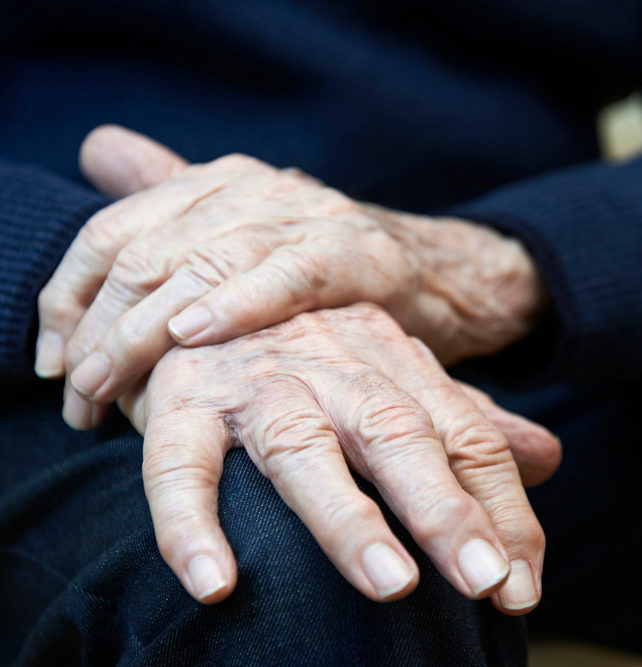Rigid muscles
- Impaired posture and balance
Loss of automatic movements
- reduced blinking, smiling or swinging arms when walking
Speech changes
- speech may become softer, quicker, slurred, or hesitant
- monotonal instead of with inflections
Writing changes
- difficulty with writing
- smaller handwriting than before
